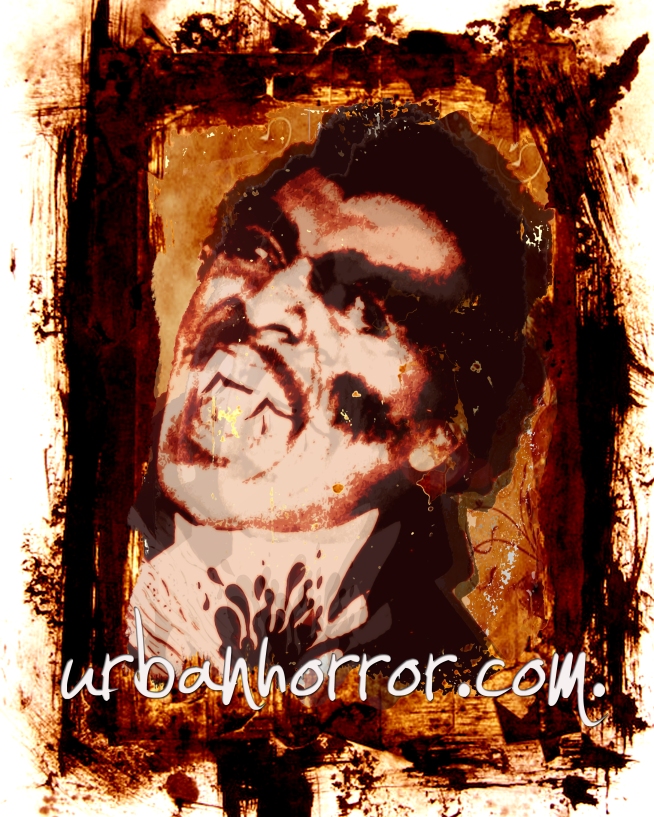Thursday, April 29, 2010
New Blues
Hanson's new Video is a clever throwback to the Blues Brothers, and it don't sound bad either
Hanson-Thinking 'Bout Somethin' from Kelly Kerr on Vimeo.
The original
Hanson-Thinking 'Bout Somethin' from Kelly Kerr on Vimeo.
The original
Wednesday, April 28, 2010
Bad Water = Death
Bad water kill more children than wars. This is a fact that UNICEF wants to bring to the attention of the mainstream with thoughtful print adds and memorable commercials
Solidarités International: Water talks from La Boite Concept on Vimeo.
Friday, April 23, 2010
Wednesday, April 21, 2010
Monday, April 19, 2010
Bruce's Beach x blAck community in mAnhattan beAch 1910'$::
When Manhattan Beach was incorporated in 1912, a two-block area on the ocean was set aside for African-Americans. Charles and Willa Bruce built a black beach resort there, the only resort in Southern California that allowed Blacks. Bruces’ Beach offered ocean breezes, bathhouses, outdoor sports, dining, and dancing to African-Americans who craved their fair share of Southern California’s good life.
As coastal land became more valuable and the black population in Los Angeles increased—bringing more African-Americans to Bruces’ Beach—so did white opposition to the black beach. The black beach was roped off. The KKK harassed black beachgoers.
The City of Manhattan Beach pressured black property owners to sell at prices below fair market value and prevailed in the 1920s through condemnation proceedings. Bruce's Beach and the surrounding black neighborhood were destroyed. Black beachgoers were then relegated to the blacks-only section of Santa Monica beach known as "the Inkwell." Manhattan Beach tried to lease the Bruce's Beach land to a private individual as a whites-only beach, but relented in the face of civil disobedience organized by the NAACP.
Bernard Bruce has spent his life telling people about Bruce's Beach, the beach resort that his family owned. No one believed him because they did not believe black people owned beach resorts. This is why it is important to tell the story of Bruce's Beach.
Interpretive panels and public art should faithfully, completely, and accurately tell the story of Bruce's Beach. Best practice examples of public art that celebrate civil rights, democracy, and freedom include the Great Wall of Los Angeles, Manzanar, Biddy Mason Park, and Little Tokyo.
Read the Los Angeles Times editorial and other coverage in the Los Angeles Times and Easy Reader Part I, Part II, and Part III.
The City Project has worked extensively on equal access to public places including beaches. See our work on Mapping Green Access and Equity and Robert García and Erica Flores Baltodano, Free the Beach! Public Access, Equal Justice, and the California Coast, 2 Stanford Journal of Civil Rights and Civil Liberties 143 (2005).
Thursday, April 15, 2010
Tuesday, April 13, 2010
Monday, April 12, 2010
Scream Blacula Scream
[/caption]
Sure it was over 30 years since Blacula was made, but to me he's just too cool
When I wrote Night Biters I had to find a way to put Blacula in the story because how can you do a story about Black Vampires
and leave out the baddest cat with an overbite?
Sunday, April 11, 2010
Friday, April 09, 2010
Mix Tape Wallpaper
Harper has managed to combine horror, specific
knowledge of the Bay Area’s multi-cultural
populations, hip hop and DJ cultures, in a kind of
post modern parable.
Todd Johnson
Thursday, April 08, 2010
Wednesday, April 07, 2010
From Soul Train to Centric
Soul Train Award Opening Animation from BERNSTEIN & ANDRIULLI on Vimeo.
New commercial for the Centric Network
Tatiana Arocha - Don Cornelius Opener for Centric's 5 to 9 from BERNSTEIN & ANDRIULLI on Vimeo.
Bastards Of The Party
Raised in the Athens Park neighborhood of Los Angeles, Cle "Bone" Sloan was four years old when his father died, and 12 when he became a member of the Bloods. Now an inactive member of the notorious gang, Sloan looks back at the history of black gangs in his city and makes a powerful call for change in modern gang culture with his insightful documentary, BASTARDS OF THE PART
Monday, April 05, 2010
Subscribe to:
Posts (Atom)









